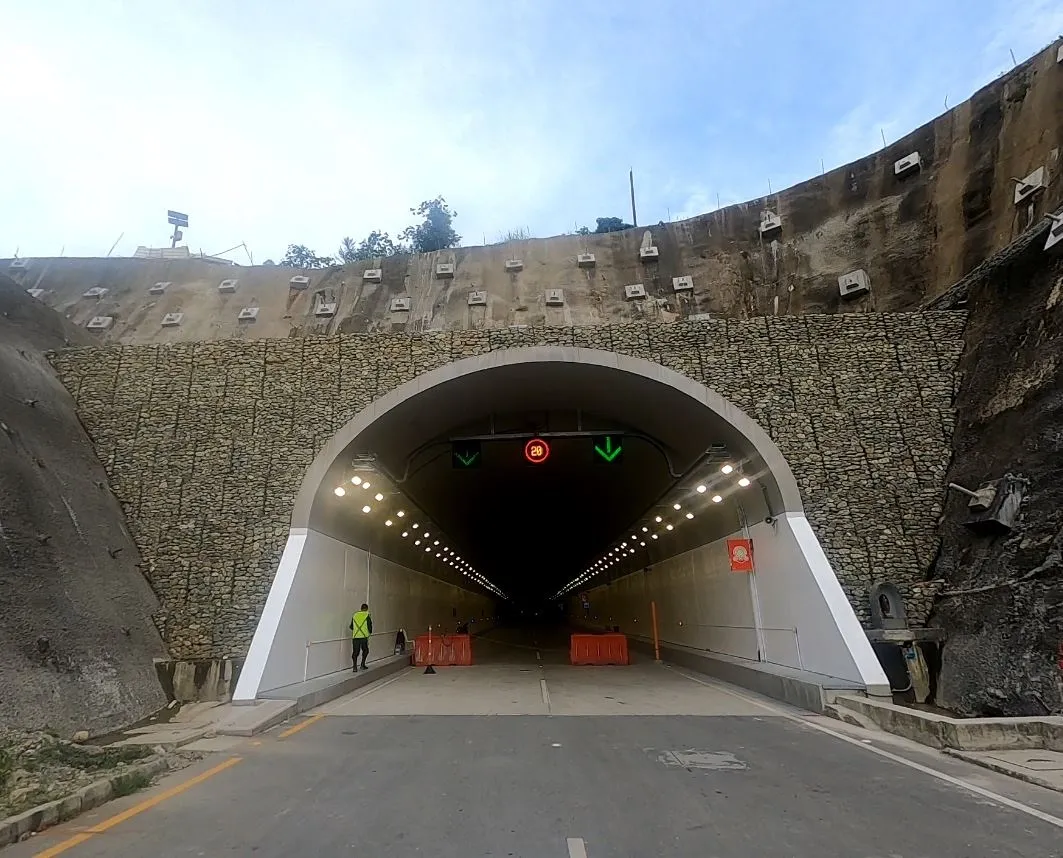
Kapsch TrafficCom is part of a new ITS project in Colombia which is said to have reduced journey times by 75%.
The 157km Vias del Nus highway network connects the country's second largest city Medellin and its 2.5 million inhabitants with the eastern parts of the Antioquia region.
Since December, the highways and tunnels of the Vias del Nus concession have registered over 300,000 vehicles and it is estimated that throughput in the concession’s 4.3km La Quiebra tunnels has increased by 60%.
Kapsch says they are the first tunnels in Latin America to be equipped with its Dynac software suite, which integrates three systems that are usually found separately: a Scada (Supervisory Control and Data Acquisition) system for control of electromechanical elements; an incident management system and an advanced traffic management system (ATMS).
"What used to be a three-hour drive from Medellin can now be reached within 40 to 50 minutes, increasing competitivity and attracting new investors to the region," says Ricardo López Lombana, general manager of Vinus, which runs the concession.
The company says ITS provides safety and improved mobility for road users, helping the tourism, agricultural and transportation sectors of the surrounding municipalities, as the roadway connects the region to more populated areas of the country.
Olga Villegas, vice president of Kapsch TrafficCom for Colombia and the Andean Region highlights that Vias del Nus is a "strategic project that improves the country's transportation network".
"Our Dynac solution guarantees the high level of security required by this important road corridor that is frequented by thousands of vehicles every day.”










